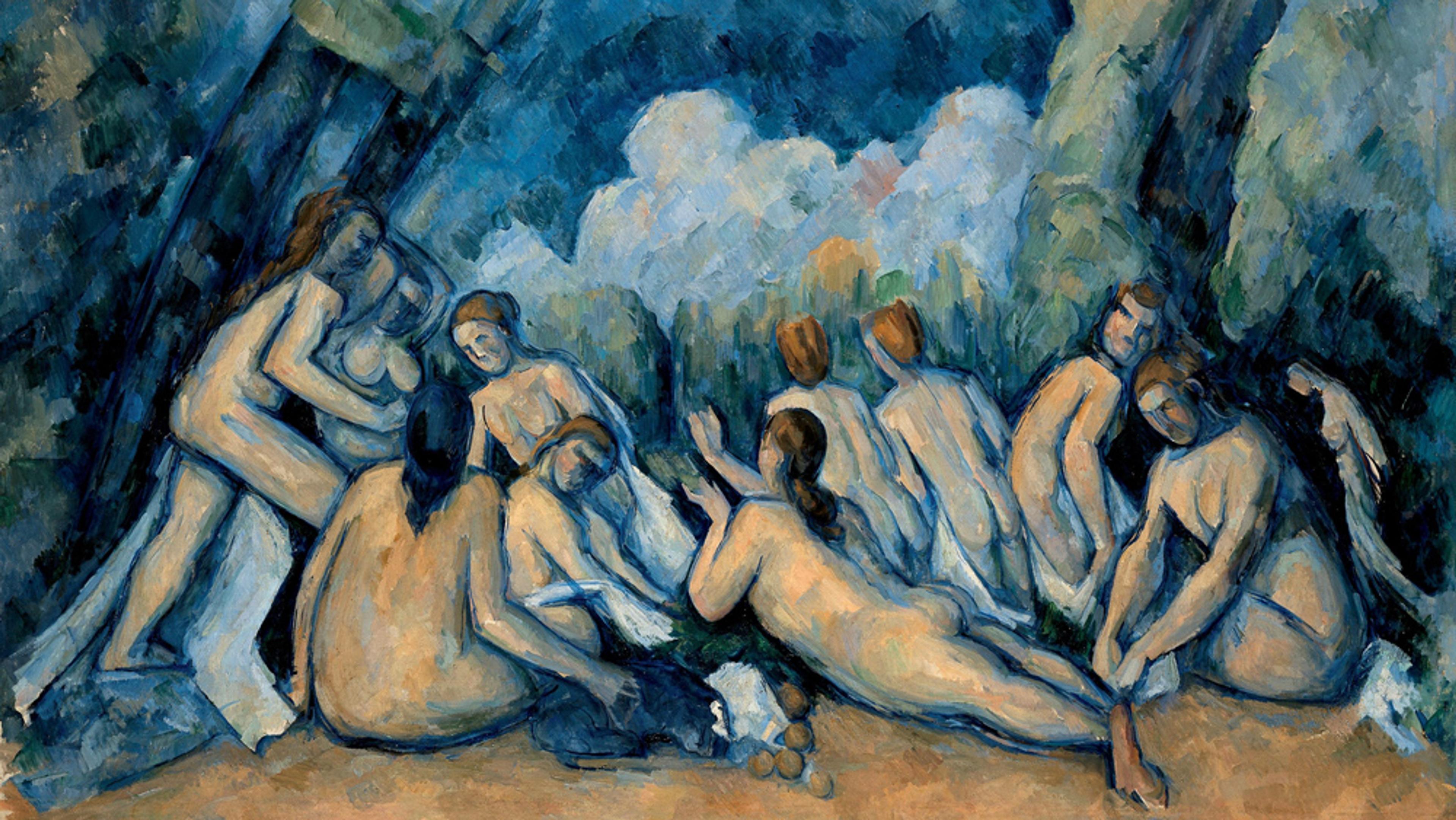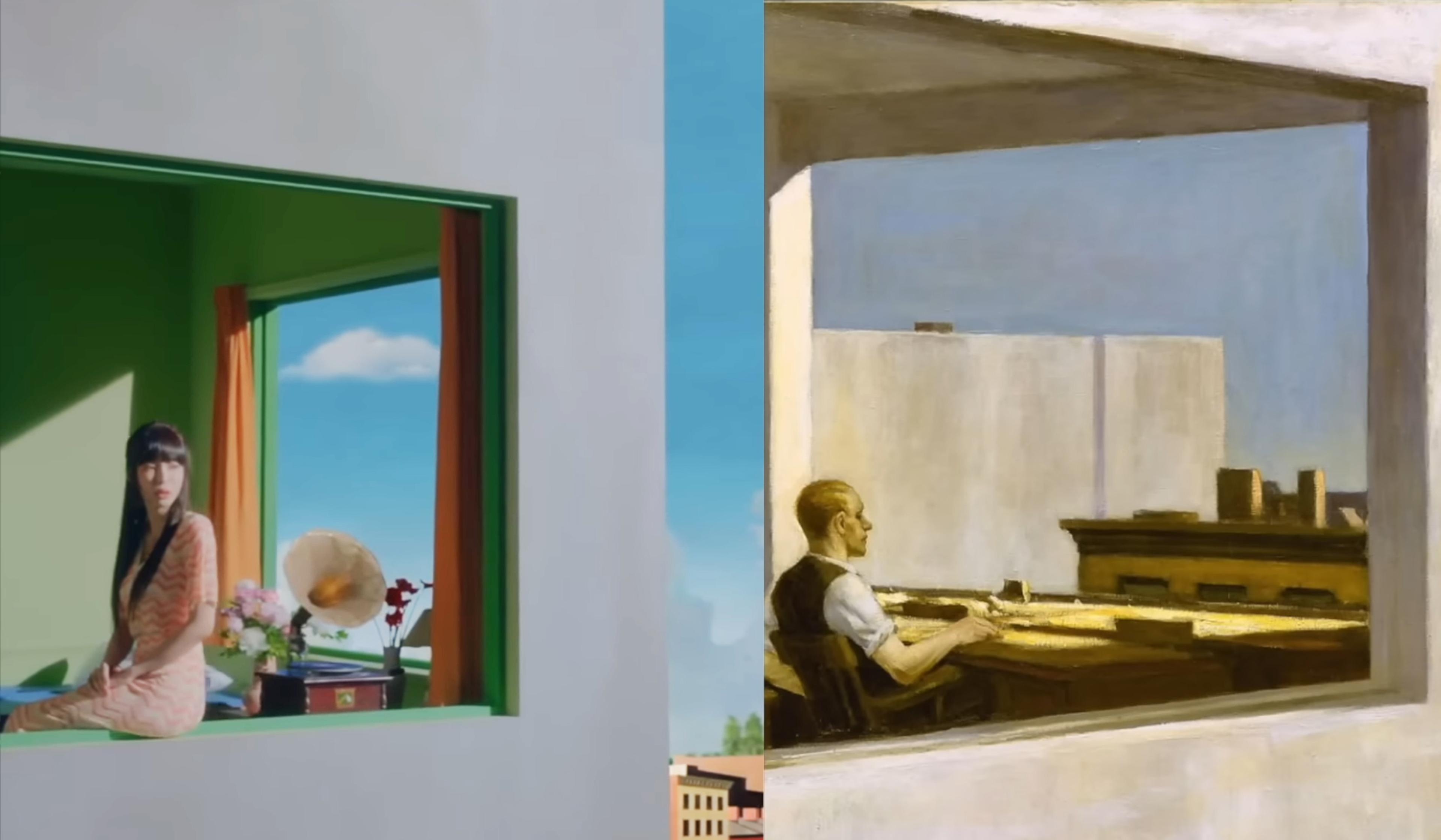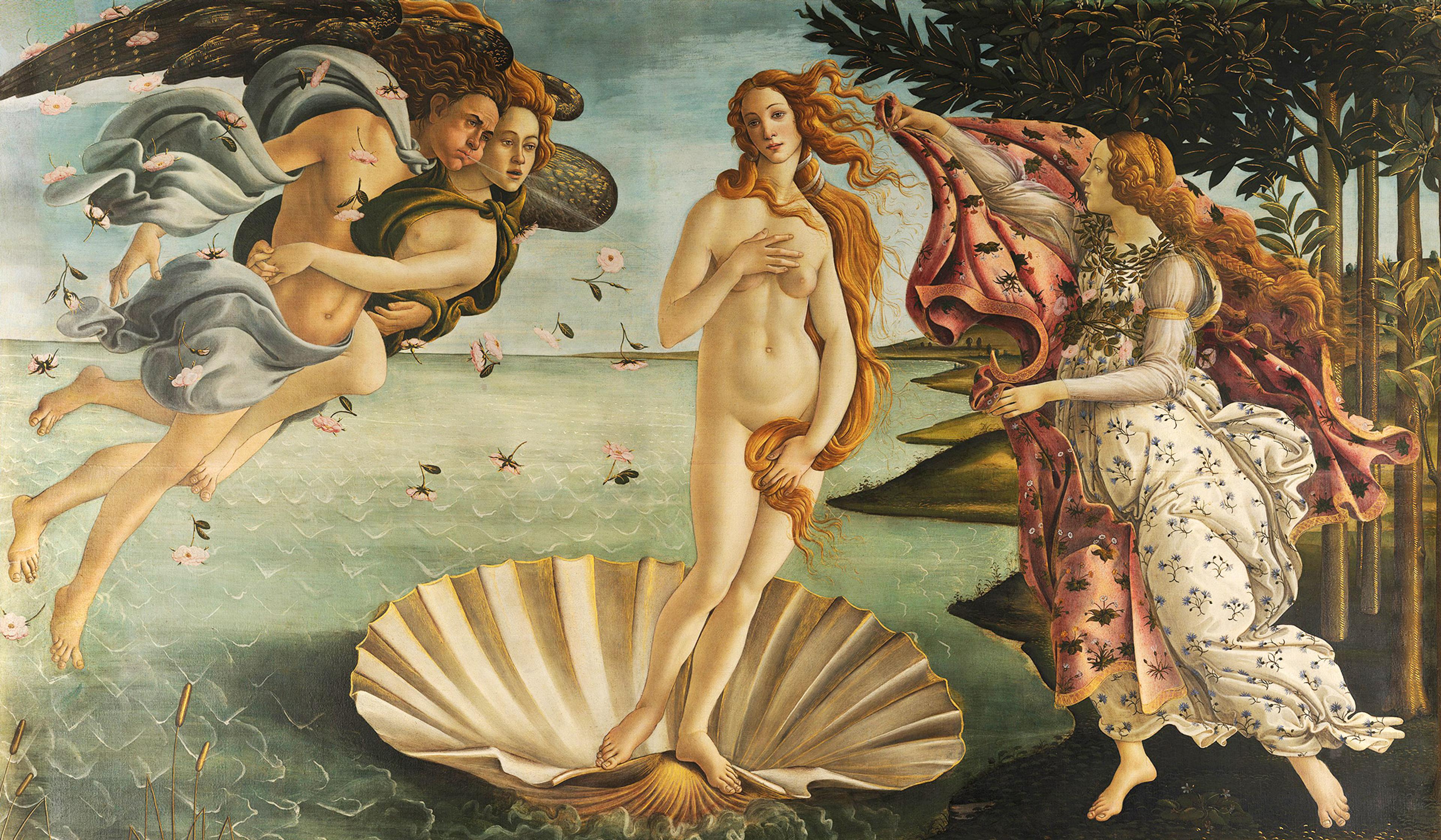Édouard Manet (1832-83) is widely considered to be the first modernist painter. His groundbreaking works stoked controversy in the bourgeois Paris art world for their avant-garde brushwork and depictions of the nude female form. In this instalment of the series Great Art Explained, the UK curator, gallerist and video essayist James Payne details why, even as nudity was prevalent in the art of Manet’s era, the depictions of naked women in his paintings were radical for their unidealised style – and for the way they stare directly at the viewer, daring, per Payne, to defy the male gaze. Centring his analysis on Manet’s groundbreaking work Le Déjeuner sur l’herbe (‘The Luncheon on the Grass’; 1862-63), Payne contextualises Manet’s radical approach and his vital place in art history as a bridge between realism and impressionism.
Le Déjeuner sur l’herbe (c1863) by Édouard Manet. Courtesy Wiki/Google Art Project
Creating art that was aware of itself – and the viewer – made Manet the first modernist
Video by Great Art Explained
1 July 2024

videoArt
The female Abstract Expressionists of New York shook the world of art
15 minutes

videoBeauty and aesthetics
How Cézanne’s masterwork pushed painting towards experimentation and abstraction
7 minutes

videoArt
Edward Hopper came of age with cinema. As an artist, he left a lasting mark on it
12 minutes

videoArt
Why Diego Velázquez needed a lifetime to paint his enigmatic masterpiece
31 minutes

videoArt
When is art a better tool for understanding mental illness than science?
8 minutes

videoArt
More than breathtaking, ‘The Birth of Venus’ signalled an aesthetic revolution
19 minutes


